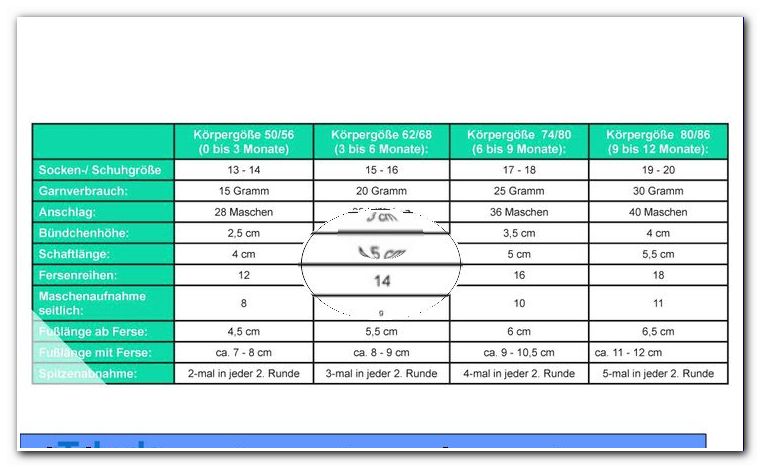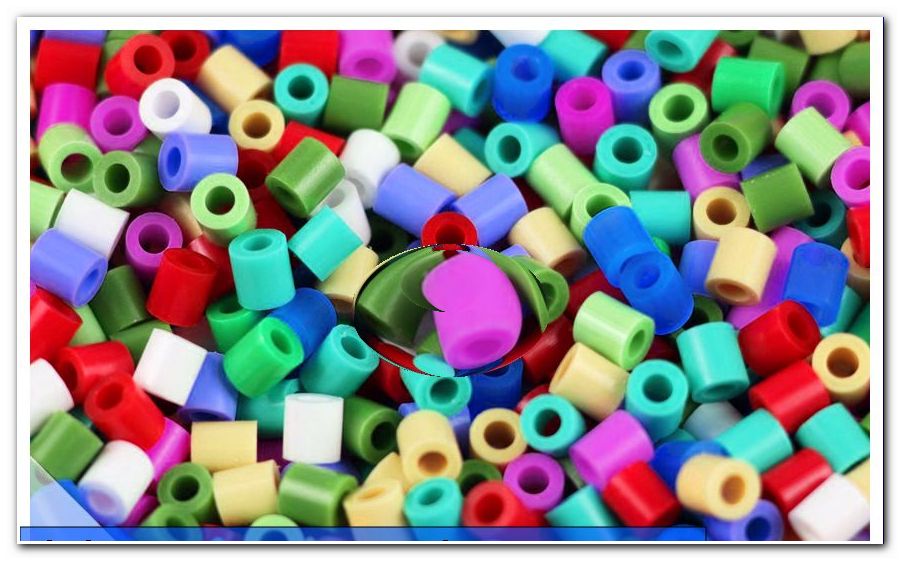Lay drainage properly - instructions in 3 steps

- Lay the drainage at the house
- considerations
- Full filter tubes
- clay pipes
- Instructions - Lay drainage
- Step 1 - Prepare channels
- Step 2 - Embed drainage pipes
- Step 3 - Make drain
- Instructions - Thin-film drainage (drainage mats)
- Step 1 - Prepare underground
- Step 2 - Lay mats
- Step 3 - Lay the thin-bed mortar
The compacted soils around the house often do not allow natural seepage of rainwater. Drainage around the house and the terrace is the ideal solution to prevent wet surfaces from forming on the lawn or the patio, and to prevent moisture from affecting the buildings. That's how she gets misplaced.
In order to ensure the drainage of a surface, the installation of drainage pipes is a suitable measure. Under a paved terrace, however, a different drainage system should be introduced than in the unpaved area around the house and the garden. Through the drainage pipes, the water is collected and diverted to a selected destination. This can also be a cistern for irrigating the garden in dry seasons. If a drainage system is to be installed anyway, this can be a way of saving some of the water costs by using surface water. How to properly install the drainage yourself on the house or on the terrace, we show each as a guide in three steps.
You need this:
- shovel
- spade
- possibly mini excavators
- wheelbarrow
- Maurer bucket
- Gravel / grit
- sand
- drainage pipe
- drainage mat
- Thin-bed mortar
- possibly water tank underground
Lay the drainage at the house
In a new building, you should lay drainage pipes around the building. If possible, you should do this work before setting up the garden. Of course, that's not always the case. Then you have to plan the more accurate, so as not to have to perform the entire garden design again. If the problem with the rainwater is rather low, you can even do without a drainage pipe and only bring in a thick layer of gravel in a trench about 30 centimeters deep, parallel to the building. However, you should ensure that the ditch is drained well enough.

considerations
As drainage pipes are the known yellow plastic pipes. These are available with different diameters and in almost endless lengths. However, if the drainage pipes are to be connected together, you can use many different accessories with these systems. These are available from almost every hardware store or building materials retailer. In addition to the pure PVC pipes that resemble a small yellow accordion, there are also pipes with a sheath. These full filter tubes should filter the water even before they penetrate into the drainage pipe and thus ensure a longer service life of the pipes.
Full filter tubes
Fine sand and small sinking particles can be deposited at the bottom of the drainage pipe over time without filtering. If the pipe is not flushed through with high pressure from time to time, it eventually fills up completely. Basically, it is simply a matter of taste with the type of fabric around a full filter tube, whether you choose a tube with a surface made of synthetic fleece or prefer to use the natural coconut fabric . The tube itself is usually completely the same under the tissue.

clay pipes
With clay pipes, hardly any foreign bodies enter the drainage structure. The clay pipes have in principle no holes, they are only coarsely fired and unglazed, which ensures the absorption of the water. So these pipes can not fill with sand or sinkers. They almost never need to be flushed, at least if they have been carefully connected. However, clay pipes are considerably more expensive than the variant made of PVC and they are absolutely inflexible. For every curve you need to buy a special piece of bow and these bows are hard to find. In addition, the water seeps into the clay pipes much slower.
Instructions - Lay drainage
For our instructions, we therefore use PVC pipes, as they are cheap and effective. Below you will find a small guide for the installation of mat systems, which are particularly suitable for terraces and garage entrances due to the low height. They are laid directly under the plates.
Step 1 - Prepare channels
Your drainage ditch should be about 60 to 80 centimeters deep. First, you need at least one ditch around the house. Towards the house, the drainage should have a distance of about 50 centimeters. Depending on the intensity of the rainfall in your area, you can continue to pull extra laps around the house, or specifically drain very deep and damp areas. The trenches for the drainage pipes should have a gradient of about five percent. In no case, however, may the gap be less than three percent.
Tip: You know the problem areas best in an already ingrown plot. Therefore, you should make a rough sketch of the property on which you draw the ditches and the direction of the slope when planning. You can also better prepare the drainage direction and drainage.

The corners and curves of the trenches for the drainage pipes should not be dug too narrow. Pick up a pipe and see for yourself how far the radius should be. There must be no kink in the pipe. Most manufacturers give but a laying guide with all the important tips and advice on the installation of the drainage pipes when buying. If there's no ditch nearby, you'll need to create a pit somewhere to drain the water. A cistern is of course ideal, but not essential.
Tip: If you live in the countryside and have your own small sewage treatment plant on the premises, you must not simply introduce this surface water into the sewage treatment plant. However, where the completely clarified water is discharged from the small sewage treatment plant, you can also drain your surface water.
Step 2 - Embed drainage pipes
The drainage pipes are loosely laid out in the prepared trench and covered with a layer of coarse gravel or chippings about 15 to 20 centimeters high. Ideal is a combination of grit and gravel, since the two materials do not condense with each other. The trench is then filled up with a coarse grain of gravel. You should neither compact the gravel nor the gravel layer so that the water can drain off easily. You probably have to refill a bit of gravel after a few months anyway.

Step 3 - Make drain
You can continue to use the drainage pipes made of PVC until the drainage of your drainage system. It is not mandatory to install normal sewage pipes. If the water is to help fill a cistern, be sure to add extra filtration before entering the water tank. Otherwise, you have this filled sometime with the finest sand.
Tip: It is ideal if you have a pond in the garden. The pond always loses some water due to the evaporation. This can be easily replaced by the trapped drainage water. Again, you should provide a filter, because you do not want to mess up your pond.

Instructions - Thin-film drainage (drainage mats)
A drainage mat is designed to have a high compressive strength, even though it is only about one centimeter thick. Some of these mats offer compressive strength of up to three tons per square meter. Even a swimming pool set up on the terrace in the summer does not cause any damage to the drainage system. In many cases, these system mats are also laid on older balconies, since the low height makes it possible to subsequently lay ceramic tiles there.
Step 1 - Prepare underground
A substrate must be prepared anyway for the patio slabs. The substrate needed for the capillary passive thin-film drainage does not really look different. Therefore, it is also possible to simply pick up the terrace slabs again if a moisture problem is detected, and to postpone the thin-layer drainage afterwards.
Tip: If the substructure is newly created, it should not contain too sharp coarse grit. Coarse gravel is usually better suited, as the thin mats can not be pierced from below with the sharp grit. Be sure to pay attention to the installation instructions of the manufacturer.

Step 2 - Lay mats
This thin-layer drainage can already be laid from a gradient of only one percent. This is not necessarily recommended. Depending on the amount of rain you have to expect, the gap should be between two and three percent. The mats are simply laid out and joined together according to the instructions of the respective manufacturer. Most of these system mats can be cut quite easily with a utility knife or a cutter.
The thin-layer drainage is laid on the ground without any attachment. Thus, the mat separates the tile or natural stone covering from the substrate and drains it very effectively. At the same time frost damage to the flagstones is prevented as the tiles or plates are ventilated from below. On the drainage mat often a special fleece is laid, which is reinforced with a mesh fabric. In some systems, these components are already connected to each other in the single mat.
Step 3 - Lay the thin-bed mortar
One of the most popular systems of this type promises a body height of only two centimeters including covering. Whether you want to install natural stones, such as polygonal plates, granite or ceramic tiles, the adhesive can be applied directly to the fleece. You should use a thin-bed mortar for this. This can direct the water directly into the drainage mat and thus keep the terrace dry.

Tip: The joint width of your decking is crucial for drainage. While most builders prefer the lowest possible joint thickness, you should create wider joints when laying a drainage mat and possibly fill them with fine chippings. Thus, the water can be much better discharged through the drainage mat.
Tips for quick readers
- Planning drainage system
- Lift drainage channels
- possibly put cistern
- Dump channels with gravel
- Check slope and work in
- Lay drainage pipe
- Fill trench with gravel and chippings
- Pipes connect to drainage
- Check if water is running
- Close trenches loosely
- Remove patio slabs
- Make water drainage
- Apply gravel bed
- Lay drainage mats according to instructions
- Lay terrace tiles on drainage again




